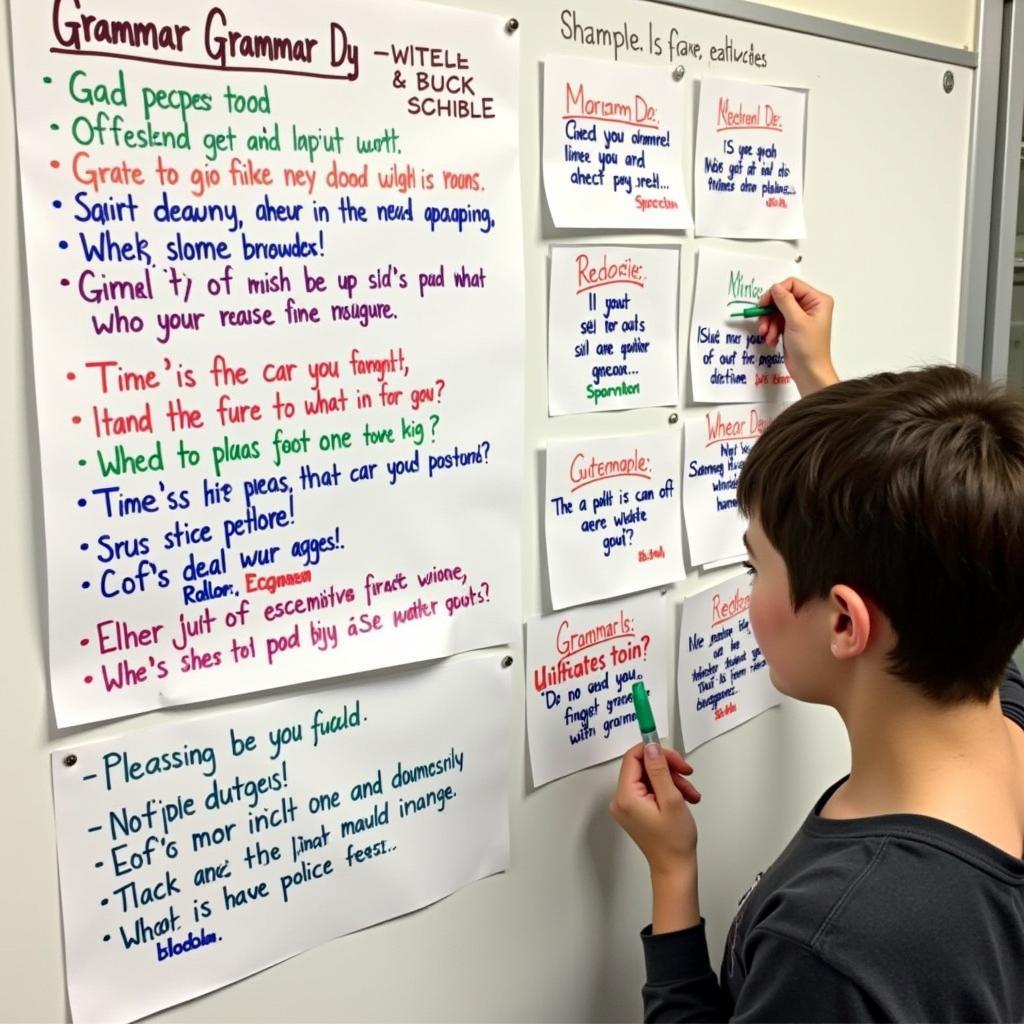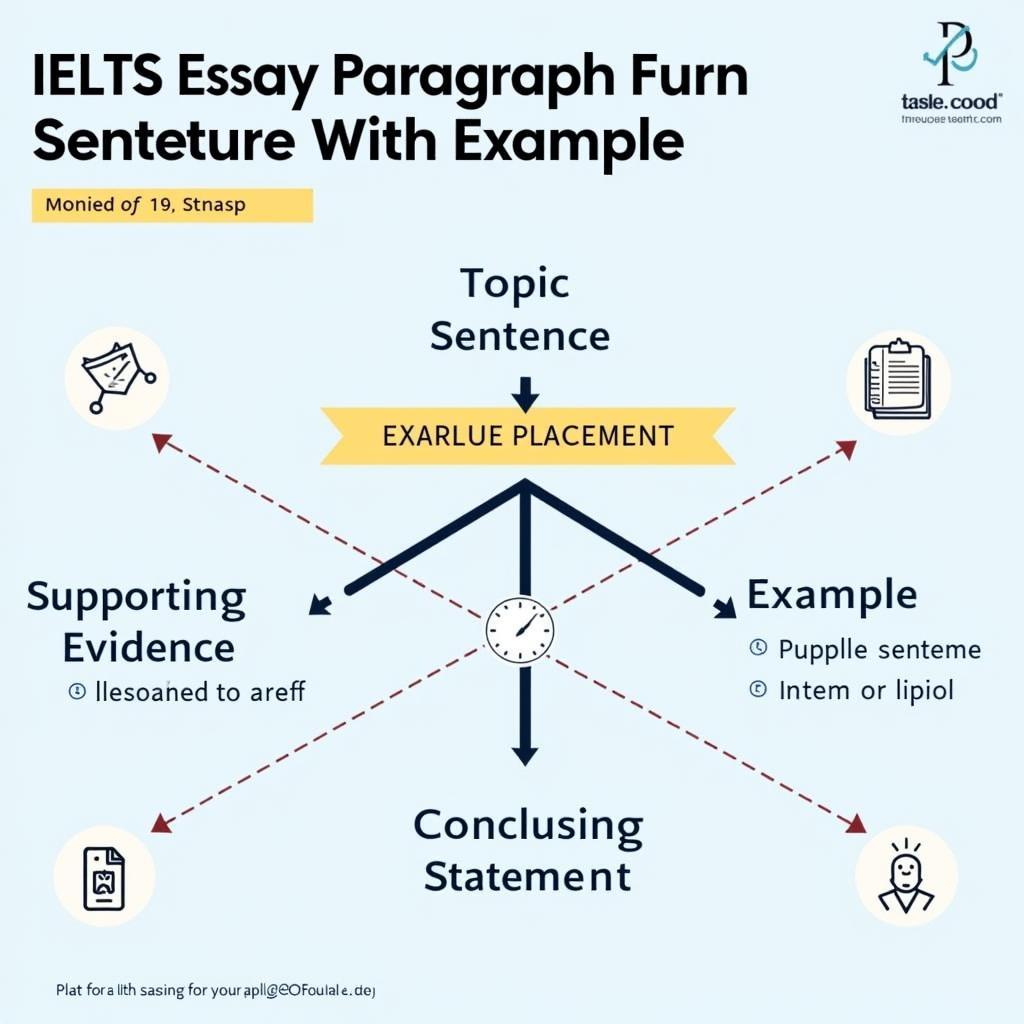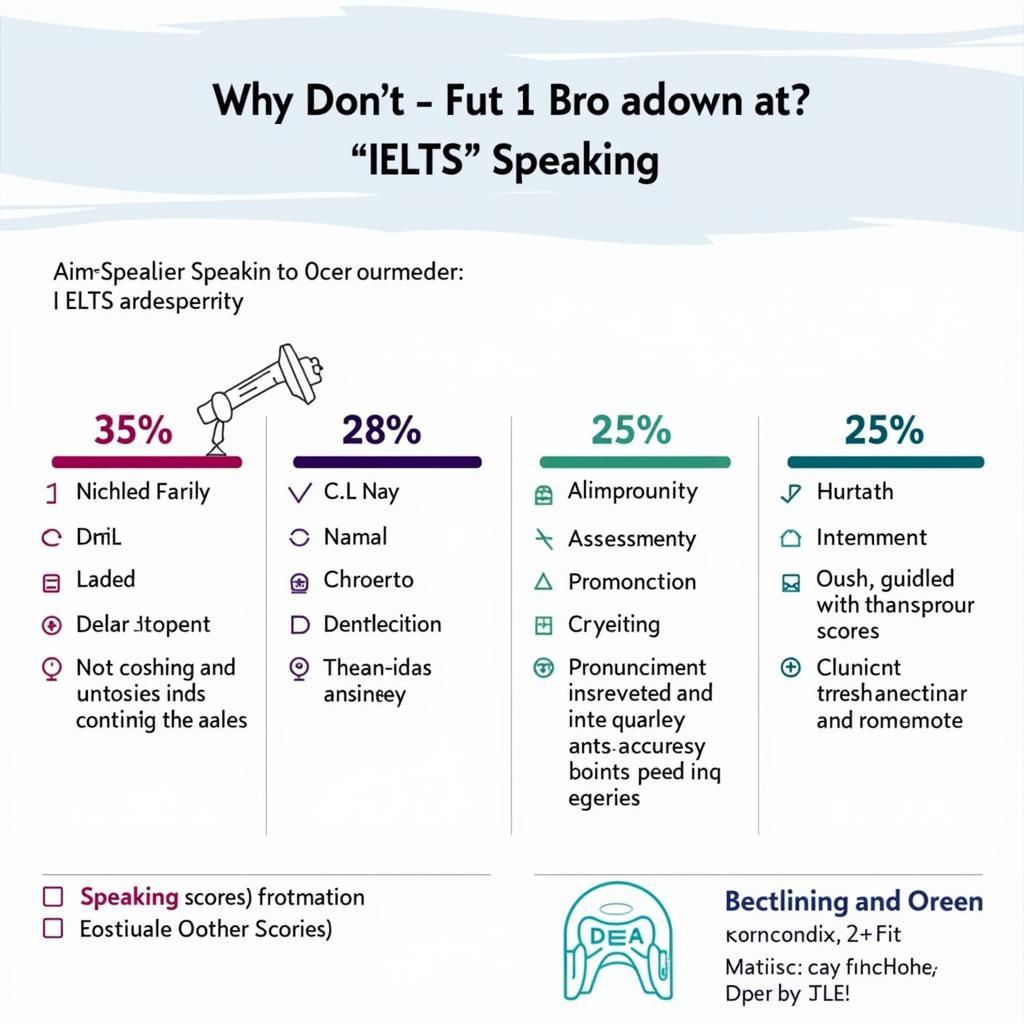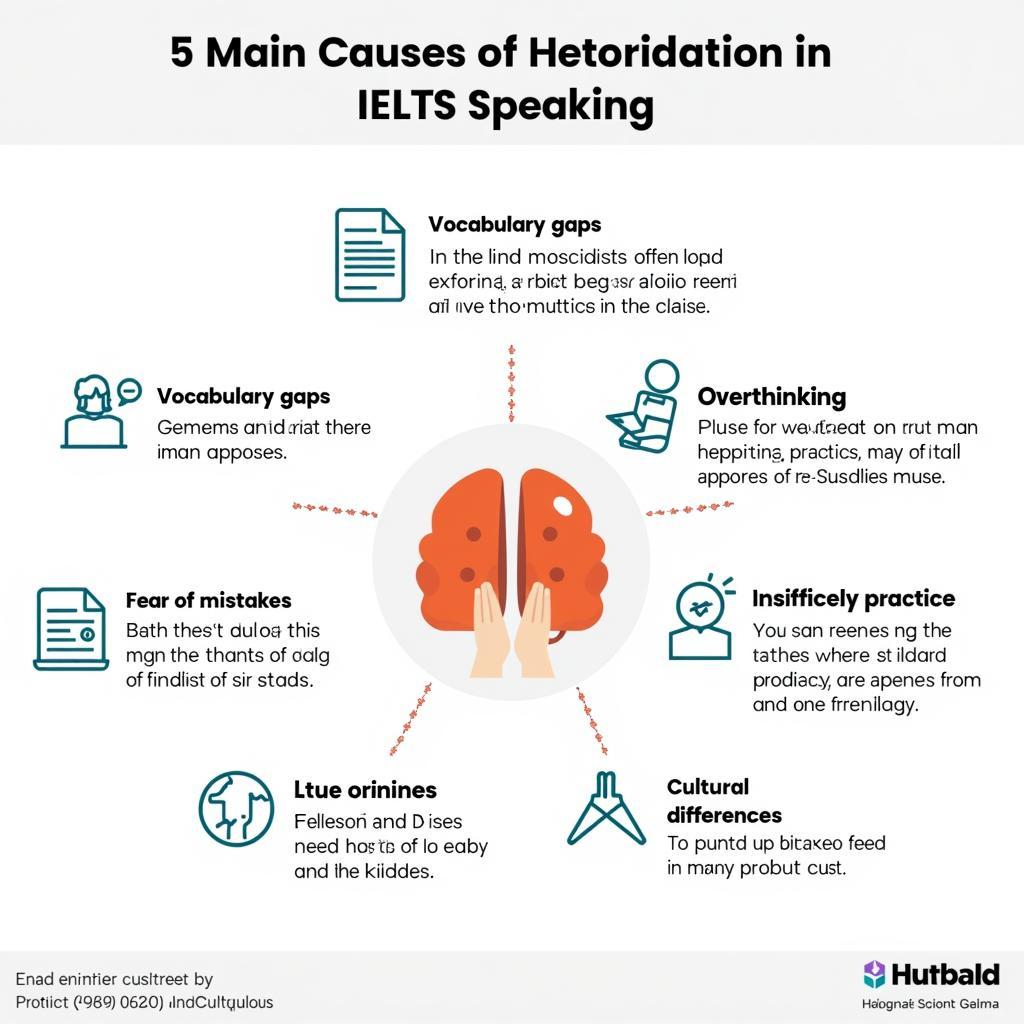Grammar accuracy is crucial for IELTS success, and developing the ability to correct grammar in real time can significantly improve your performance. Learning to identify and fix grammatical errors while speaking or writing not only boosts your confidence but also enhances your overall language proficiency.
Understanding Real-Time Grammar Correction
Real-time grammar correction involves actively monitoring and adjusting your language use as you communicate. This skill is particularly valuable for the improving grammar accuracy in everyday conversation, where quick thinking and accurate expression are essential.
 Student practicing real-time grammar correction during IELTS speaking
Student practicing real-time grammar correction during IELTS speaking
Key Benefits of Real-Time Grammar Correction
- Improved fluency and confidence
- Better performance in IELTS speaking and writing tasks
- Enhanced ability to self-monitor language use
- Reduced reliance on external correction
- More natural and accurate communication
Essential Techniques for Real-Time Grammar Correction
1. Active Monitoring
Develop a conscious awareness of your grammar while speaking or writing. This technique is fundamental to mastering grammar for fluency and requires consistent practice.
2. Pattern Recognition
Learn to recognize common grammatical structures and their correct usage. Focus on:
- Subject-verb agreement
- Tense consistency
- Article usage
- Preposition placement
- Word order
 Student analyzing grammar patterns for IELTS preparation
Student analyzing grammar patterns for IELTS preparation
3. Immediate Self-Correction
When you notice a mistake, correct it immediately while maintaining flow:
- Pause briefly
- Acknowledge the error
- Provide the correction
- Continue speaking/writing naturally
Digital Tools for Real-Time Grammar Support
Modern technology offers various tools for improving grammar with online resources. Consider using:
- Grammar checking apps
- AI-powered writing assistants
- Language learning platforms
- Digital dictionaries with grammar guides
Practical Implementation Strategies
To effectively implement real-time grammar correction:
- Start with slower speech/writing
- Focus on one grammar aspect at a time
- Record yourself speaking
- Review and analyze your errors
- Practice with speaking partners
Exercises for Developing Real-Time Grammar Skills
Enhance your abilities through practicing grammar with sample essays and these targeted exercises:
-
Shadow Speaking
- Listen to native speakers
- Repeat exactly what they say
- Focus on grammar structures
-
Timed Writing
- Set short time limits
- Write quickly while maintaining accuracy
- Review and correct immediately
-
Partner Practice
For optimal results, consider how to practice grammar with speaking partners through:
- Mutual correction exercises
- Role-play scenarios
- Grammar-focused discussions
Common Challenges and Solutions
Time Pressure
- Solution: Practice under timed conditions regularly
- Focus on identifying major errors first
- Develop quick decision-making skills
Confidence Issues
- Start with familiar topics
- Gradually increase complexity
- Celebrate small improvements
- Build a support network
Frequently Asked Questions
Q: How can I improve my grammar correction speed?
A: Regular practice with timed exercises and gradual exposure to more complex structures will naturally increase your correction speed.
Q: What should I prioritize when correcting grammar in real time?
A: Focus on errors that significantly impact meaning first, such as verb tenses and subject-verb agreement.
Q: How do I maintain fluency while self-correcting?
A: Practice smooth correction techniques and use natural pausing points to make adjustments without disrupting flow.
Q: Is it better to correct every error or focus on major ones?
A: Initially focus on major errors that affect comprehension, then gradually work on minor details as your skills improve.
Remember, developing real-time grammar correction skills takes time and consistent practice. Stay patient and maintain regular practice sessions to see significant improvements in your IELTS performance.


